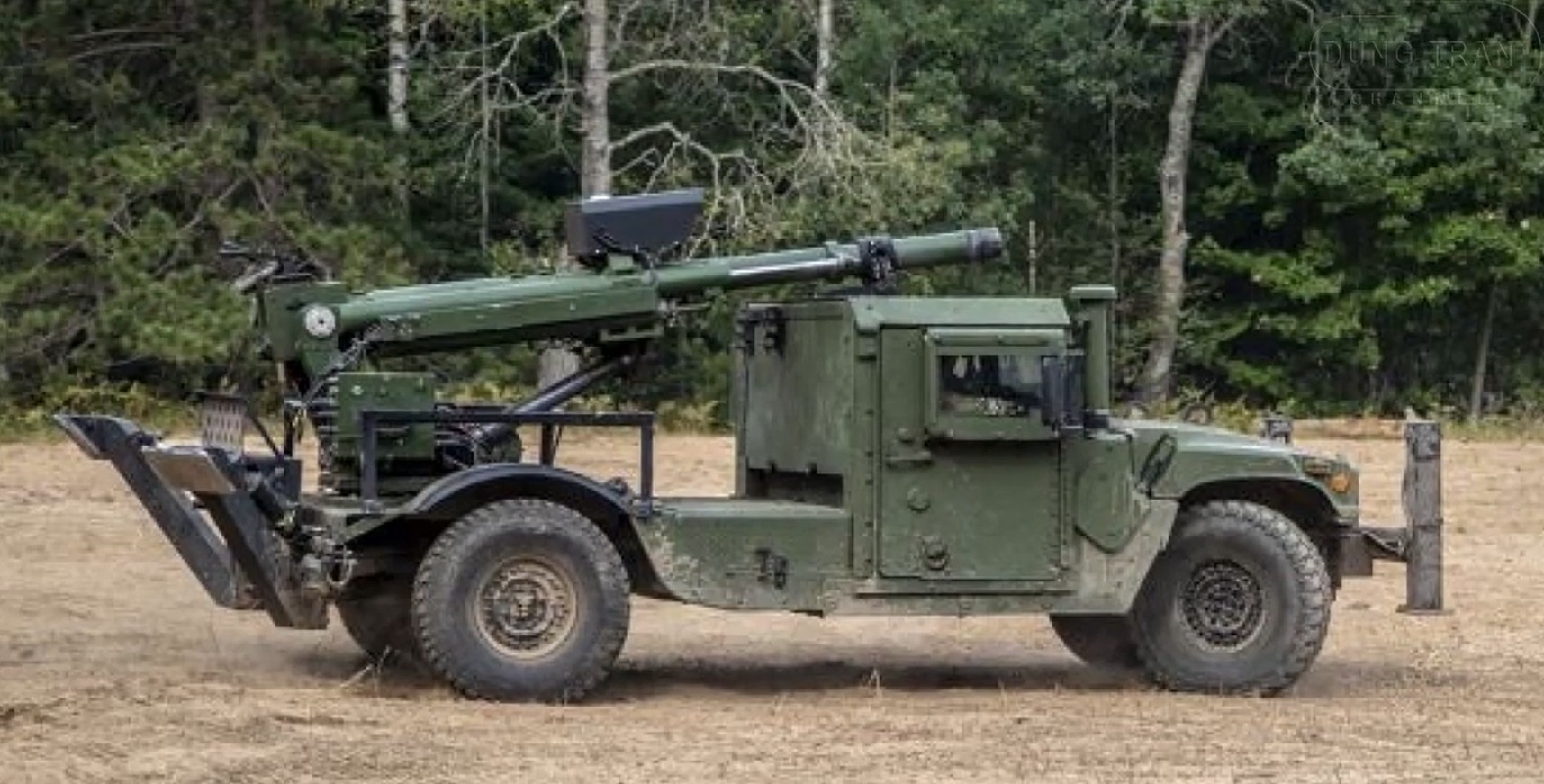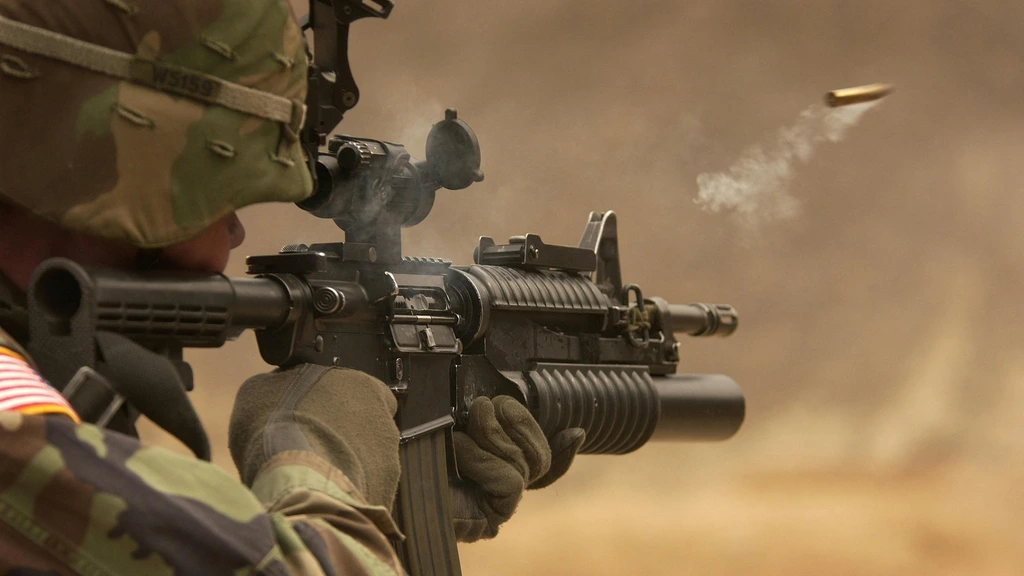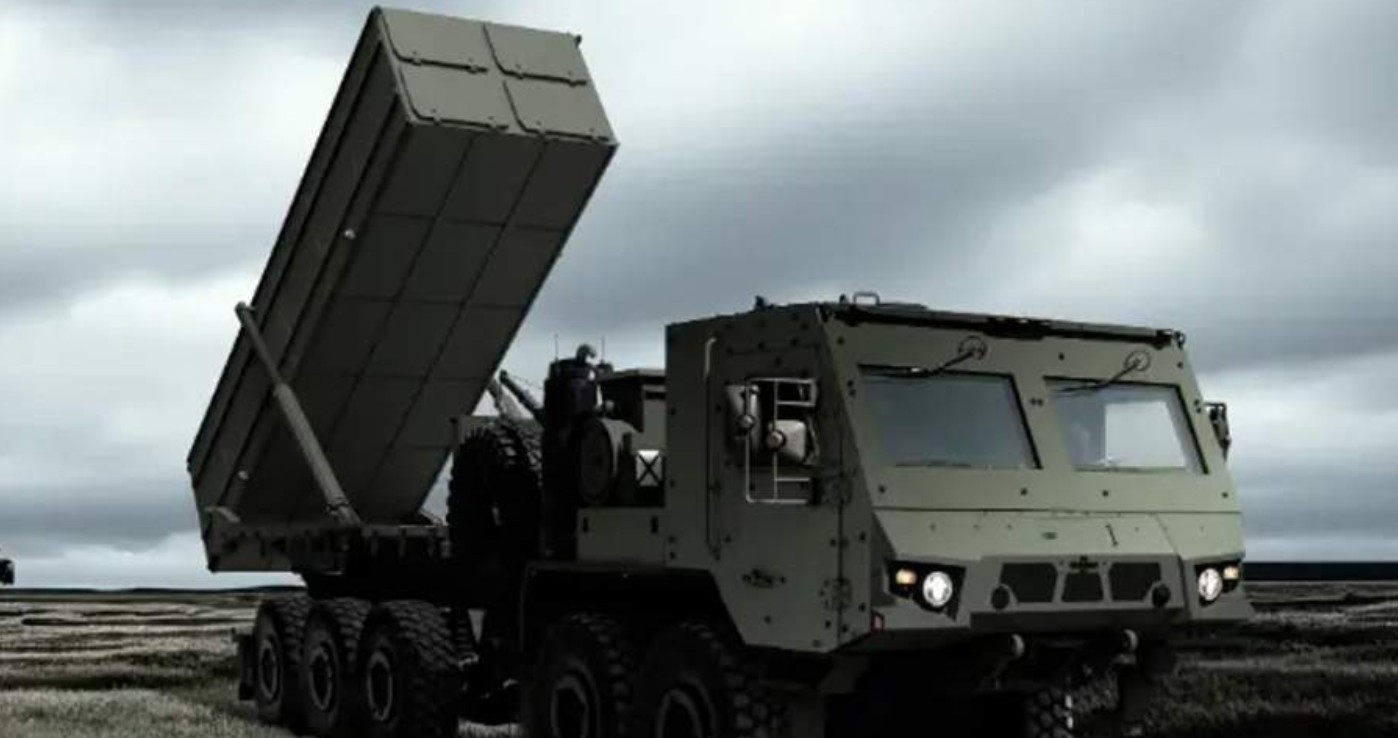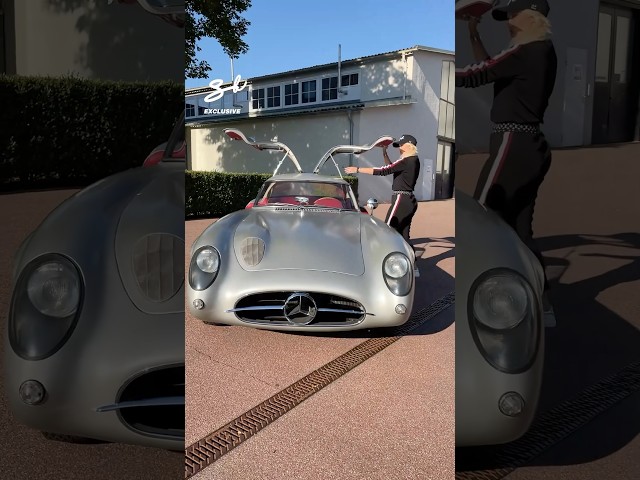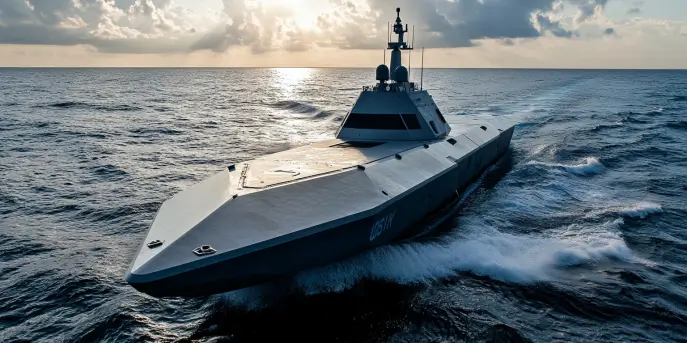Overview of the Mk 19
The Mk 19 grenade launcher stands as a testament to engineering durability and effectiveness, having seen limited change since its introduction during the Vietnam War. Its legacy, built on straightforward yet powerful mechanics, continues to hold significance in modern military use.
First introduced during a time of intense conflict, the Mk 19 rapidly became a favored weapon system for its ability to deliver high-volume, high-explosive fire in various combat scenarios. The grenade launcher’s versatility and reliability have ensured its role in armed forces worldwide.
Design and Mechanics
From a technical perspective, the Mk 19 is a blowback-operated, fully automatic grenade launcher. Originally developed by the U.S. Navy in the early 1960s, this weapon system can fire 40mm grenades at a rapid rate, making it an asset in both offensive and defensive operations. Its design has remained largely unchanged, a testament to its effectiveness and reliability.
The operation of the Mk 19 is straightforward. It utilizes a design that operates much like a machine gun but fires grenades instead of bullets. Its simplicity in operation, paired with its destructive potential, sets it apart from other ordnance systems.
Specifications
| Specification | Details |
|---|---|
| Type | Automatic Grenade Launcher |
| Caliber | 40 mm |
| Weight | 77.6 lbs (35.2 kg) |
| Effective Range | 1,500 meters |
| Maximum Range | 2,212 meters |
| Rate of Fire | 325-375 rounds per minute |
| Feed System | 32- or 48-round belt |
Operational History
The Mk 19 has been a part of numerous conflicts beyond Vietnam, including the Gulf War, the wars in Iraq and Afghanistan, and various military engagements across Africa and the Middle East. Its reputation is built on its performance in these diverse environments, where it has proven both durable and adaptable.
Across these conflicts, soldiers have consistently praised the Mk 19 for its ability to suppress enemy positions effectively and cover large areas with explosive ordnance. Its compatibility with various mounting systems, from tripod configurations to vehicle installations, exemplifies its versatile nature.
Modern Use and Upgrades
While the fundamental design of the Mk 19 hasn’t seen significant overhauls, minor upgrades have been implemented to enhance its usability and maintainability. Advances in material science and manufacturing processes have allowed for the production of lighter, more durable components.
Some enhancements include improved sighting systems and ergonomic modifications to reduce operator fatigue during prolonged engagements. As new technologies emerge, the integration of laser rangefinders and digital fire control systems are potential areas for future development.
Continued Relevance
The Mk 19’s endurance in military arsenals around the world speaks to its effectiveness and practicality. It remains an essential tool for infantry units and armored vehicles alike. Whether used for convoy security or urban warfare, its capability to deliver lethal firepower swiftly is unmatched in its class.
One of the key factors in the Mk 19’s enduring popularity is its ability to complement modern military strategies. In asymmetrical warfare scenarios, where quick adaptation is necessary, its firepower provides a tactical advantage against insurgent forces and other unconventional combatants.
Legacy and Impact
The Mk 19’s lasting impact on military tactics and operations cannot be understated. It symbolizes a fusion of tried-and-tested design with modern battlefield requirements, ensuring its place in history as both a revolutionary and a steadfast weapon system.
With each conflict it participates in, the Mk 19 garners respect for its role in safeguarding troops and achieving tactical objectives. Its continued use and minimal changes highlight a unique balance between tradition and innovation in military technology.


